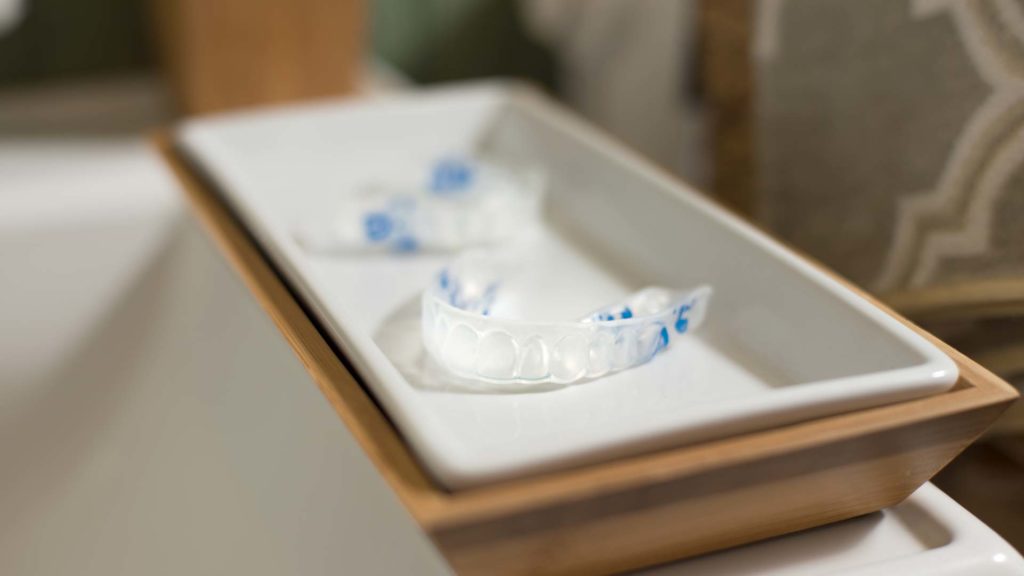Different Treatments For Different Wounds: The Uncommon, Commonsense Way To Treat Gum Disease
You wouldn’t apply a tourniquet to a bruise. Or put an ice pack on an ulcer. Those would be the wrong treatment protocols for those particular conditions.
Yet, when it comes to care for chronically infected gums and loss of bone—the markers of periodontitis—dental professionals are trained to provide acute wound treatment protocols.
It may not seem like a huge difference. But let’s consider the fundamental differences between treating acute wounds and treating chronic wounds. And let’s take the tourniquet off the bruise.
Traditionally, gum disease (periodontitis) has been addressed the same way you might approach a broken bone. Namely, it has been treated as a trauma with acute care, including scaling, root planing and even surgery.
And it’s hard to argue with this “head-on” approach to addressing this troubling issue.
Gum disease is a disruptive and destructive problem, and no one wants to withstand it any longer than absolutely necessary. Oddly enough, an acute response alone can actually prolong the disease if it is not matched with chronic wound care.
Studies indicate that scaling and root planing, the most common treatments of periodontitis that physically remove bacterial colonies called biofilms, leave behind the bacteria that caused the infection in the first place. And worse yet, the pathogens repopulate because it is impossible for the instruments to remove all of the biofilm.
So, what’s the answer?
If you ask the American Medical Association (AMA), chronic wound management is it. And gum disease, specifically periodontitis, fits the chronic wound model.
Now the questions become, “how is chronic care different, and how do you deliver it to the gums?”
Chronic care protocols address the infectious agents first. Then, they debride the wound and encourage it to heal from within. In order to do that for the gums, we prescribe a customized sealed Perio Tray to deliver a low concentration of hydrogen peroxide gel deep below to gums to establish an oxygen rich environment that simultaneously debrides pathogens, and encourages wound healing.

The Perio Trays® by Perio Protect
The Perio Tray® does more than lock in the treatment. It compresses the wound and increases the oxygen levels below the gums. With the sealed tray, the hydrogen peroxide release of oxygen takes place at the site of the infection. Peroxide performs as an oral debriding agent and oral wound cleanser. The Perio Tray is important because it delivers the medication deep below the gums where these chronic oral wounds hide from toothbrushes, rinse and floss.
If this all seems revolutionary, it’s not.
The Perio Protect Method, combining acute and chronic care, simply follows the AMA guidelines for treating chronic wounds, and the results speak for themselves.
Research and case studies have shown treatment of chronic periodontal disease with a direct medication delivery method significantly decreases bleeding upon probing and shrinks the depth of periodontal pockets1.
By creating the right environment for treatment, this approach compresses the wound and addresses the bacterial cause, allowing the wound to heal from the tissue level. The treatment suppresses damaging bacteria and encourages healthy bacteria for healthy gums.
Where acute care addresses the immediate needs, chronic care—like daily Perio Tray delivery—addresses the cause.
1 Cochrane RB and Sindelar B. Case Series Report of 66 Refractory Maintenance Patients Evaluating the Effectiveness of Topical Oxidizing Agents. The Journal of Clinical Dentistry 2015;26:109-114. Putt M, Mallatt M, Messmann L, and Proskin H. A 6-month clinical investigation of custom tray application of peroxide gel with or without doxycycline as adjuncts to scaling and root planning for treatment of periodontitis. American Journal of Dentistry. 2014;27:273-284. Putt M and Proskin H. Custom Tray Application of Peroxide Gel as an Adjunct to Scaling and Root Planing in the Treatment of Periodontitis: Results of a Randomized, Controlled Trial after 6 Months. The Journal of Clinical Dentistry. 2013;24:100-107.
